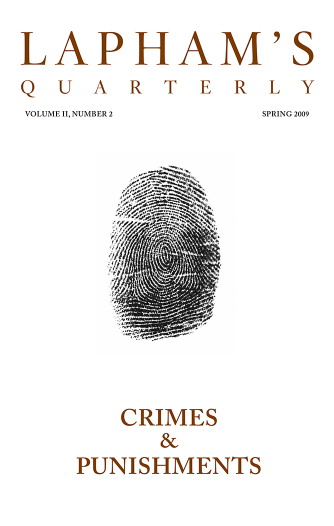1. The brain is a galvanic battery, constantly supplied with galvanic fluid from the surrounding atmosphere, and the nerves are the conductors to and from this battery.
2. No motion can be produced in man except by the action of this battery, either voluntary or involuntary, on the part of the individual; the action of striking, walking, etc., is a shock, or succession of shocks, from this battery, voluntary; the winking of the eyelids, the collapse and expansion of the lungs, etc., are also shocks from the same, involuntary.
3. A person possessing a great portion of this fluid, and a strong battery, can force a certain quantity of it into a person possessing it in a lesser degree, and with a weak battery.
4. A person in health enjoys the quantity of this fluid, together with its action, in a state of harmony and regularity necessary to preserve health.
5. A person diseased does not enjoy the quantity of this fluid, nor its action in that regular and harmonious state, requisite for the preservation of health.
6. An individual in good health, by employing his will firmly and steadily on a person diseased, calls into action his galvanic battery. Its whole force is directed to the sick person, and he becomes charged with the fluid; this fluid produces sleep, and in accordance with the laws of polarity in galvanism and motion (positive and negative attracting), he becomes obedient to the will of his magnetizer.
7. While magnetizing, the magnetizer loses a portion of his fluid, which is forced upon the magnetized, but being in health, he receives a constant resupply from the atmosphere.
8. It is necessary for the magnetizer to believe, and have faith, that the person magnetized will sleep and be cured; otherwise, no good effect can be produced, as a single doubt destroys in a greater or less degree the force and regularity of action of the galvanic battery, in the same manner as if the copper plates in a battery were continually removed and replaced.
John King, from the foreword to his translation of the Marquis de Puységur’s Essay of Instruction on Animal Magnetism. Puységur was a pupil of the eighteenth-century German physician Franz Anton Mesmer, who claimed that he could cure patients by using his hands or gaze to channel magnetic energy. Puységur discovered that some patients entered a somnambulant trance during treatment; the procedure was termed hypnosis in the mid-nineteenth century.
Back to Issue


